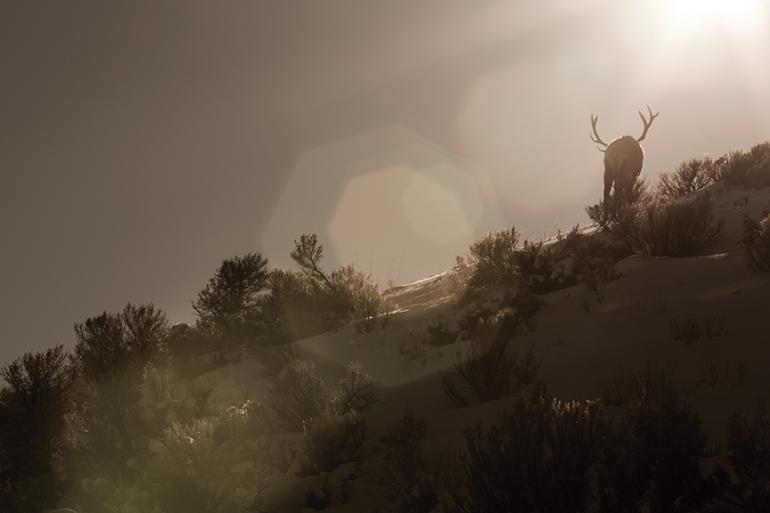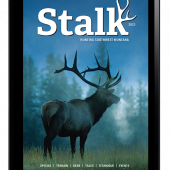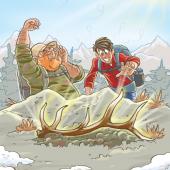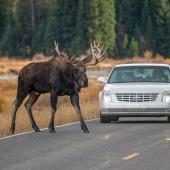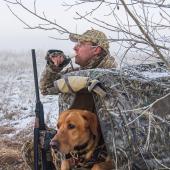Know the Score
By the 1880s, irresponsible land use, over-harvesting for sport, and simple ignorance contributed to a decline in wildlife in North America. For many species, extinction was a real possibility—and for some, such as the passenger pigeon, it actually occurred. Enter the Boone & Crockett Club: our nation’s oldest conservation organization, established in 1887 by Teddy Roosevelt and George Bird Grinnell. Named after hunting heroes Daniel Boone and Davy Crockett, the club’s primary goals were to promote sportsmanship, conservation, and ethics.
But note that Roosevelt and many of his contemporaries were also men of science. By combining the collection and recording of biological data with an ethical and sporting concept of “fair chase,” the general hunting public was drawn in to a growing conservation movement.
In the decades following its creation, members established a system to objectively collect data on individual North American big-game animals. Through a series of systematic measurements, a score is compiled. This system has become so well accepted that hunting conversations are often punctuated with the phrase “B & C score.”
The scoring system requires measurements of “enduring trophy characteristics” of a species to calculate a numerical score. Length, width, and circumference at certain locations are typical measurements. For example, with deer and elk, antler length, width (distance between antler beams), circumference, and number of points play into this calculation. Skulls, including antlers and horns, must be cleaned and require a 60-day drying period prior to measurement by an official measurer if the trophy is intended to qualify for Boone & Crockett recognition in Records of North American Big Game. Boone-crockett.org gives instructions for “do-it-yourselfers” so you can get a general idea of the score of your own trophy.
Remember: the original purpose was to promote conservation of game animals. As recorded size of animals increased, it indicated the success of modern game management. The idea of a competition based on “bigger is better” is now going by the wayside for many hunters. Each animal and experience is unique, and may not score high within the system described. Certainly, a “trophy” as an indicator of accomplishment is in the mind of the individual. Any animal, if legally and ethically taken, can be a trophy.


